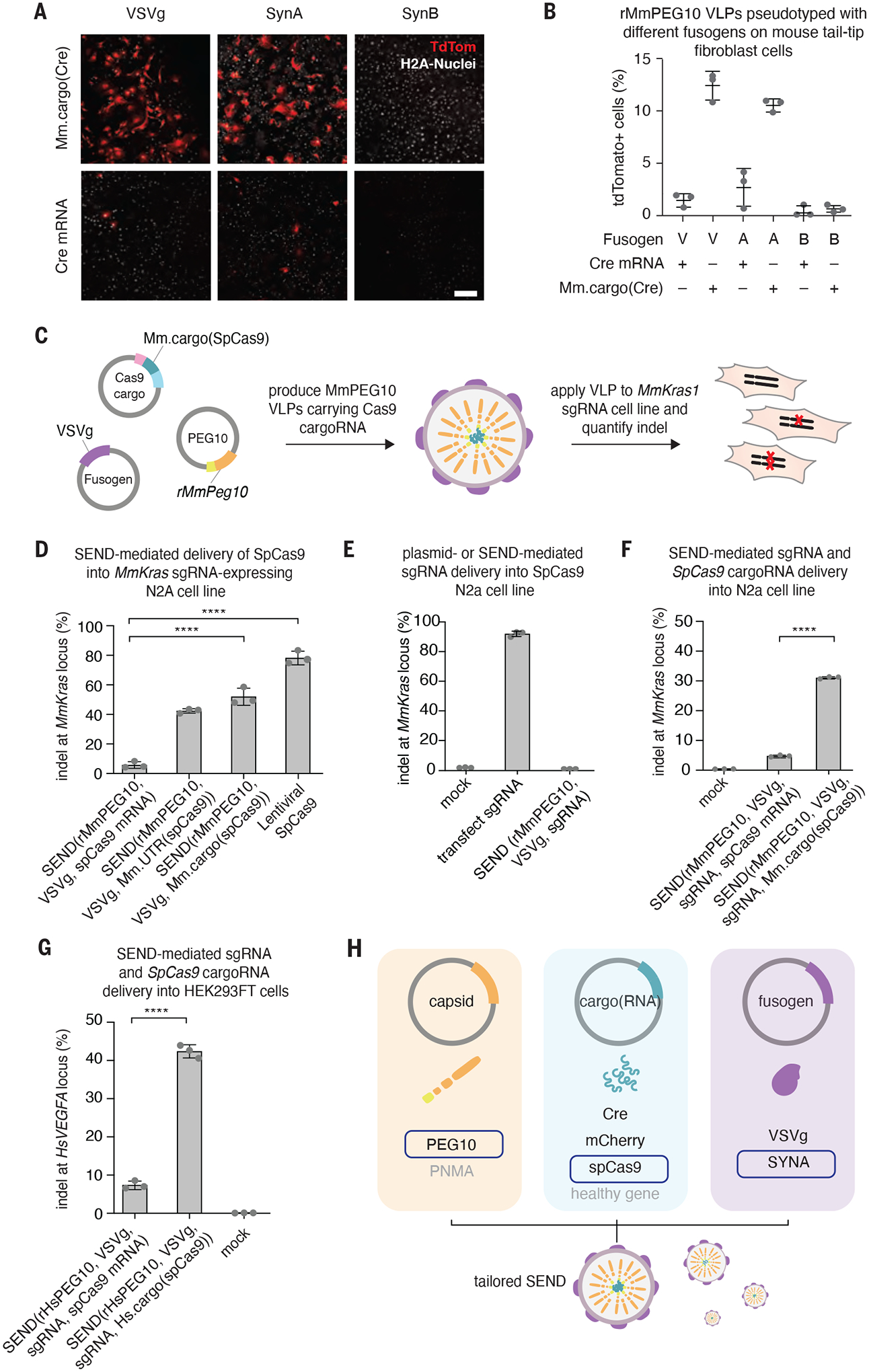Fig. 4. SEND is a modular system capable of delivering gene editing tools into human and mouse cells.

A. Representative images demonstrating functional transfer of Mm.cargo(Cre) or Cre mRNA in rMmPEG10 VLPs pseudotyped with VSVg (V), MmSYNA (A), or MmSYNB (B) in Ai9 (loxP-tdTomato) tail tip fibroblasts. Scale bar, 200 μm.
B ercent of tdTomato positive cells out of the total number of H2A stained nuclei from high content imaging of n=3 replicates of (A).
C. Schematic representing the retooling of SEND for genome engineering.
D. Indels at the MmKras locus in MmKras1-sgRNA-N2a cells treated with SEND (VSVg pseudotyped rMmPEG10 VLPs) containing either SpCas9 mRNA, Mm.UTR(SpCas9), or Mm.cargo(SpCas9) and a lentivirus encoding SpCas9. Indels quantified by NGS 72 hours after VLP or lentivirus addition, n=3 replicates.
E. Indels at the mouse MmKras locus in a constitutively expressing SpCas9 N2a cell line either transfected with a plasmid carrying the MmKras sgRNA or treated with SEND (rMmPEG10, VSVg, MmKras sgRNA). Indels quantified by NGS after 72 hours, n=3 replicates.
F. Indels at the MmKras locus in N2a cells treated with SEND (VSVg pseudotyped rMmPeg10 SEND VLPs) containing either SpCas9 mRNA or Mm.cargo(SpCas9) and sgRNA. Indels quantified by NGS 72 hours after VLP addition, n=3 replicates.
G. Indels at the HsVEGFA locus in HEK293FT cells treated with SEND (VSVg pseudotyped rHsPEG10 VLPs) containing either SpCas9 mRNA or Hs.cargo(SpCas9) and an unmodified sgRNA. Indels determined by NGS 72 hours after VLP addition, n=3 replicates.
H. SEND is a modular delivery platform combining an endogenous Gag homolog, cargo mRNA, and fusogen, which can be tailored for specific contexts.
